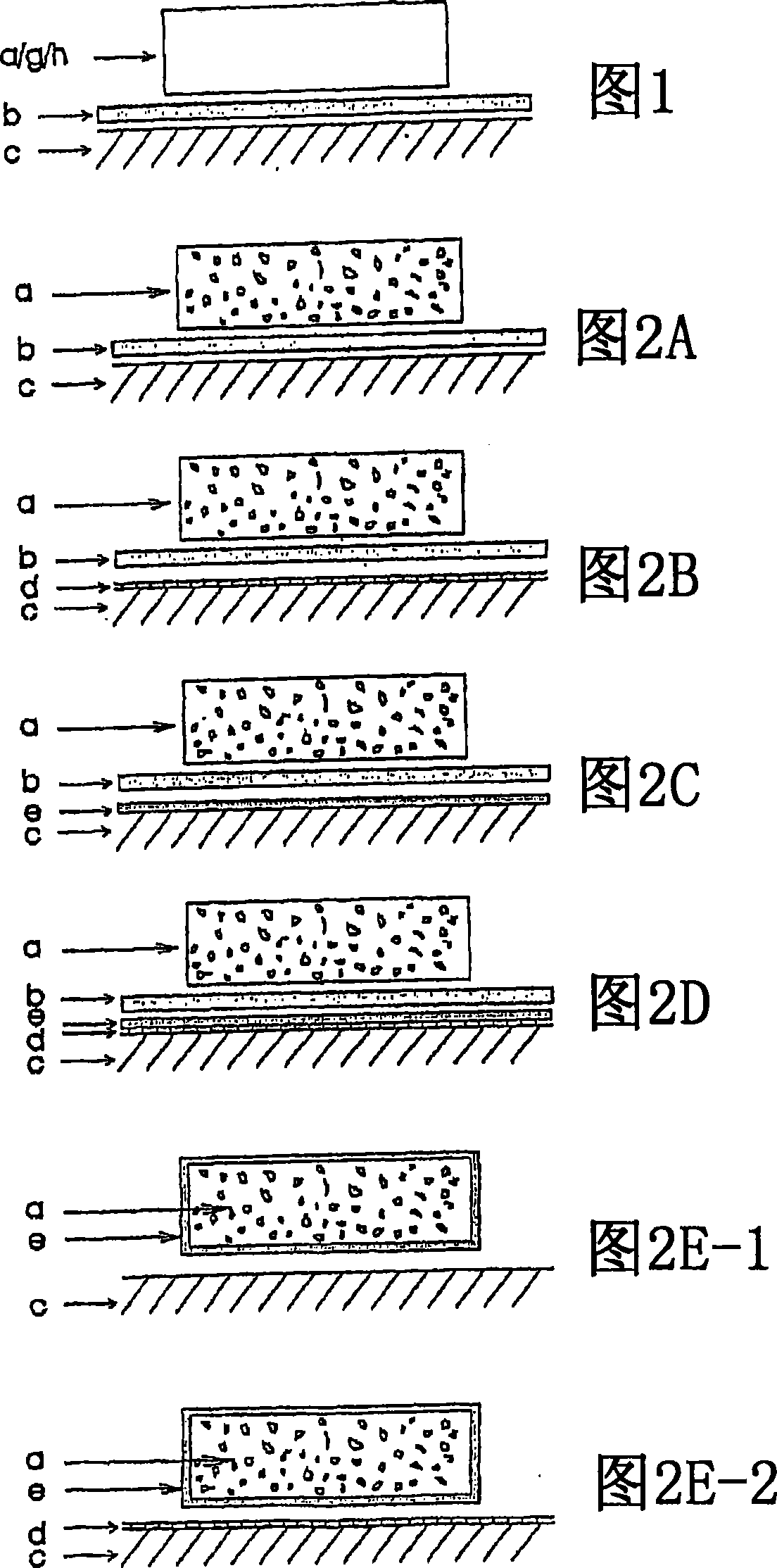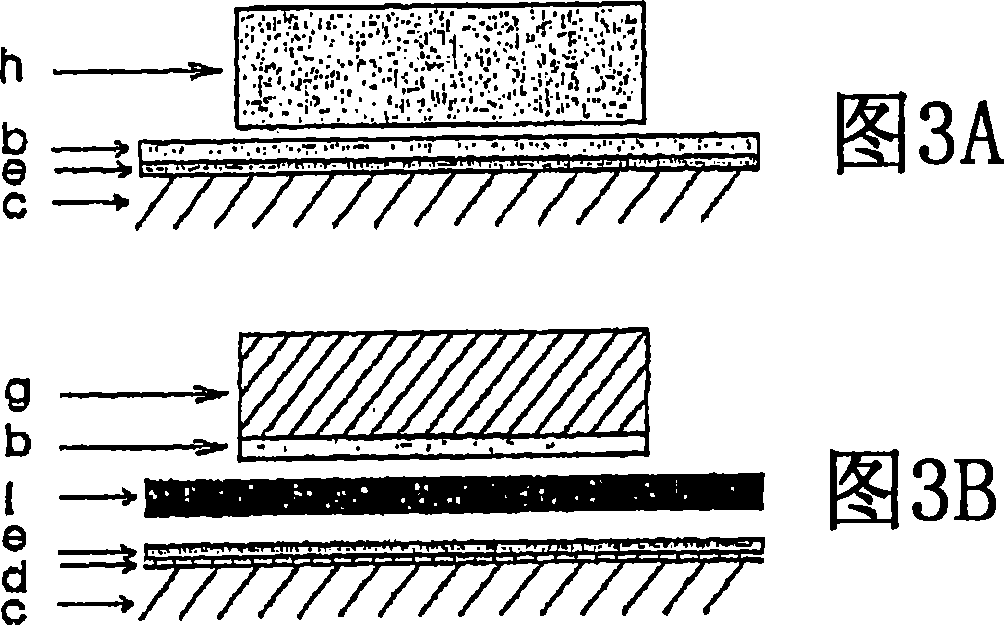Method of producing metal to glass, metal to metal or metal to ceramic connections
A metal and glass technology, applied in the direction of final product manufacturing, sustainable manufacturing/processing, fuel cell components, etc.
- Summary
- Abstract
- Description
- Claims
- Application Information
AI Technical Summary
Problems solved by technology
Method used
Image
Examples
Embodiment 1
[0055] Crofer 22APU(c) coated with 15 μm thick No 3 glass / MgO / CO by screen printing 3 o 4 (4wt% MgO, 0.5wt% Co 3 o 4 ) glassy tie layer ((b) in Figure 2A). No3 glass was prepared and combined with 72wt% metal powder (Fe Cr alloy, 90 μm < d < 120 μm) to obtain a composite sealing part (a). The metal and composite seals were bonded together during heating to 950°C at 400 kPa for 4 hours, then cooled to 750°C at which temperature the joint was aged for 500 hours, then thermally cycled twice to room temperature.
Embodiment 2
[0057] Sandvik 0YC44(c) was coated with nominally 0.1 μm thick metallic nickel (d) and a 45 μm thick No1 glass / MgO (2 wt% MgO, d<1.1 μm) glassy tie layer ( See (b)) in Figure 2B. No1 glass was prepared and combined with 55wt% crude MgO to obtain a composite sealing part (a). The metal and composite seals are bonded together during heating to 950°C at 400kPa for 4 hours, then cooled to 750°C (under an atmosphere of argon / hydrogen mixture), at which temperature the joint is aged for 500 hours, and then reheated twice to room temperature.
Embodiment 3
[0059] Sandvik 0YC44 (c) was coated with nominally 0.1 μm thick Mn metal (d) and preheated in argon (pO 2 -20 atmospheric pressure) to alloy the coating into the surface, and after cooling to room temperature, 15 μm thick No3 glass / MgO / NaO (10wt% MgO, d2 O, d < 2 μm) glassy connection layer (b), see FIG. 2B . No3 glass was prepared and combined with 79wt% metal powder (SS316) to obtain a composite sealing part (a). The metal and composite seals are bonded together during heating to 950°C at 400kPa for 4 hours, then cooled to 750°C (under an argon / hydrogen mixture atmosphere), at which temperature the joint is aged for 500 hours, and then reheated twice to room temperature.
PUM
| Property | Measurement | Unit |
|---|---|---|
| particle size | aaaaa | aaaaa |
| particle size | aaaaa | aaaaa |
| particle size | aaaaa | aaaaa |
Abstract
Description
Claims
Application Information
 Login to View More
Login to View More - R&D
- Intellectual Property
- Life Sciences
- Materials
- Tech Scout
- Unparalleled Data Quality
- Higher Quality Content
- 60% Fewer Hallucinations
Browse by: Latest US Patents, China's latest patents, Technical Efficacy Thesaurus, Application Domain, Technology Topic, Popular Technical Reports.
© 2025 PatSnap. All rights reserved.Legal|Privacy policy|Modern Slavery Act Transparency Statement|Sitemap|About US| Contact US: help@patsnap.com


